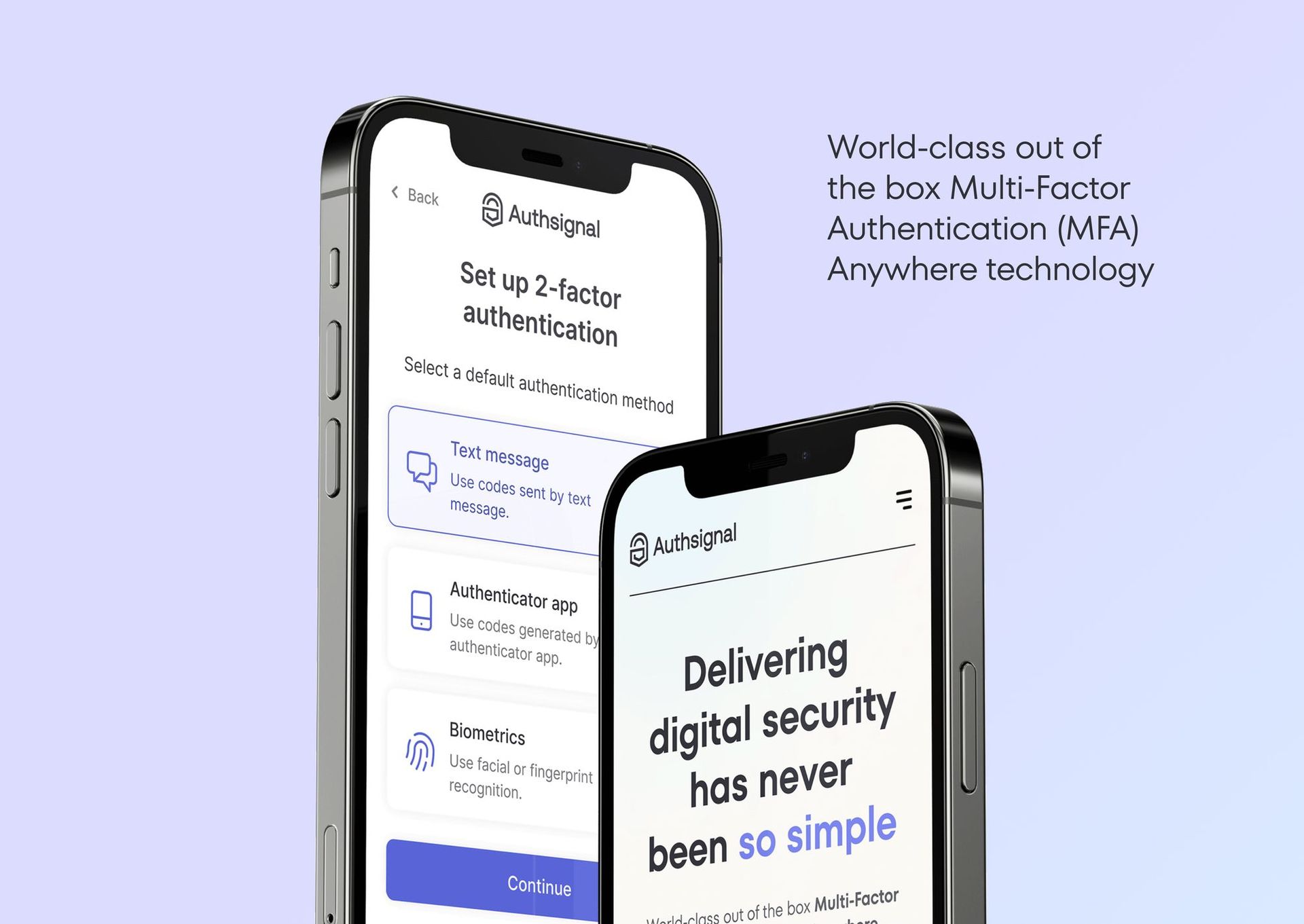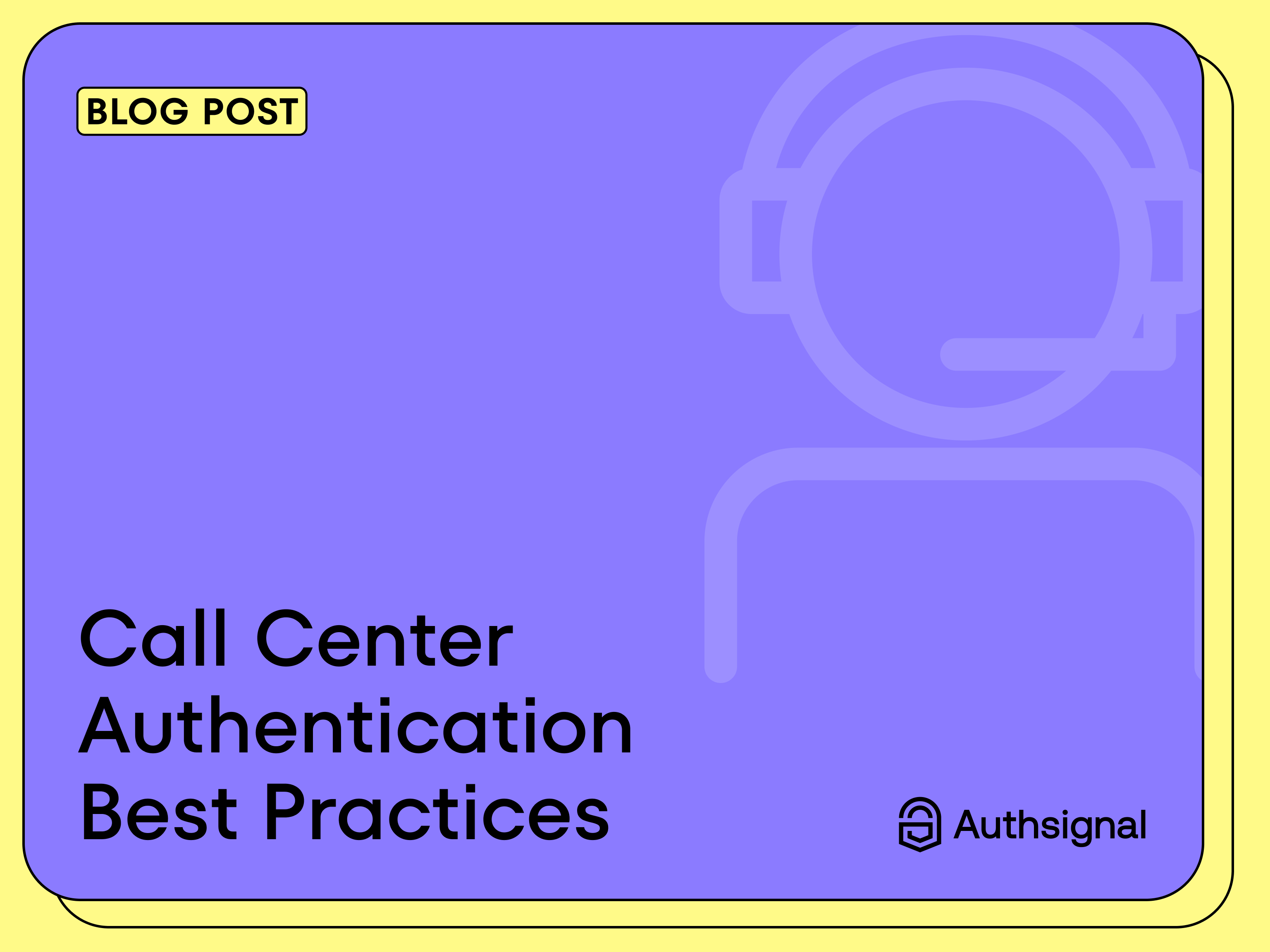It’s almost daily that we get asked to enter a one-time password (TOTP) or confirm that it is indeed you who has logged in. Multi-factor authentication has become commonplace, but often it’s deployed with a hard-coded “challenge” for the same action over and over without considering context or enhanced data points.
At Authsignal, we’ve taken traditional MFA and built the next generation of Multi-factor Authentication. Adaptable, flexible Multi-factor Authentication that leverages enhanced data points to offer a leading consumer experience. Securing your customer experience is made easy with our no-code rules engine and passwordless auth solutions. Authsignal's drop-in ready technology enables rapid deployment and removes the requirement for significant development investment.
Thanks to the rapid rise of digital commerce, international intelligence networks, like Deduce’s Identity Network, enable the sourcing of sufficient context across 200,000 websites and millions of individual identities, real-time decisioning based on enhanced data points is now available to Authsignal’s customers. Authsignal can authenticate a user's identity in seconds and only when your user's action or behaviour demonstrates that it’s needed most.
Adaptive Multi-factor Authentication (AMFA) is an advanced approach that combines multiple authentication factors to verify the identity of a user. This system goes beyond the traditional two-factor authentication (2FA) by including additional layers of security and dynamic risk assessment to provide a more secure user experience.

A typical Adaptable Multi-factor Authentication software includes the following components:
- Something the user knows (e.g. a password or PIN)
- Something the user has (e.g. a smart card, a mobile device, or a security key)
- Something the user is (e.g. biometric information such as a fingerprint or face recognition, FIDO 2 / WebAuthn)
- Ability to consumer context and advanced data points, new device, location, actions you are taking, transaction size, and many more.
- A no-code rules engine to enable limitless outcomes and challenges based on business requirements
Adaptable Multif Factor Authentication (AMFA) systems use a combination of these authentication factors to create a more secure authentication process. In most cases, the system will use multiple authentication factors to verify the identity of the user. For example, a user may be required to enter their password, followed by a one-time code sent to their mobile device, and then complete a biometric authentication step.
Dynamic Risk Assessment: One of the key features of AMFA is the dynamic risk assessment component. This component evaluates the risk level of each authentication request in real time and adjusts the authentication process accordingly. For example, if a user is attempting to log into their account from a new location or device, the system may require additional authentication factors, such as a biometric authentication step, to verify their identity. On the other hand, if the user is logging into their account from a trusted location and device, the system may allow for a simpler authentication process.
Benefits of AMFA:
AMFA provides several benefits over traditional 2FA systems. Firstly, AMFA is more secure as it uses multiple authentication factors to verify the identity of the user. Secondly, AMFA is more user-friendly as it uses dynamic risk assessment to adjust the authentication process based on the risk level of each request. This means that users are not required to go through a complex authentication process every time they log into their account. Finally, AMFA is more flexible as it can be easily configured to meet the needs of different organizations and applications.
Authsignal’s Adaptive Multi-factor Authentication (AMFA) is an advanced security approach that combines multiple authentication factors and dynamic risk assessment to provide a more secure user experience. This approach is more secure, user-friendly, and flexible compared to traditional MFA systems and can be deployed in days and is becoming increasingly popular among organizations looking to improve their security posture. If you are looking to enhance the security of your organization, consider implementing an Authsignal.
<blog-button>Learn more about Adaptive Multi-factor Authentication<blog-button>










